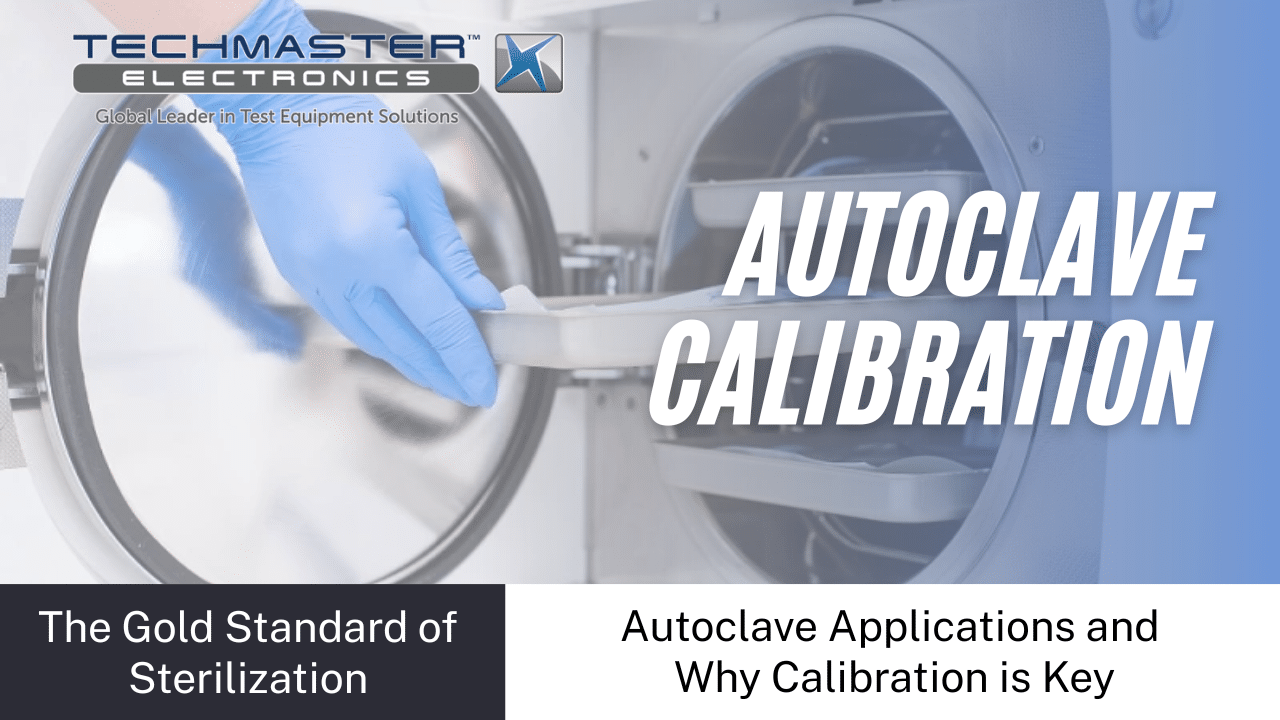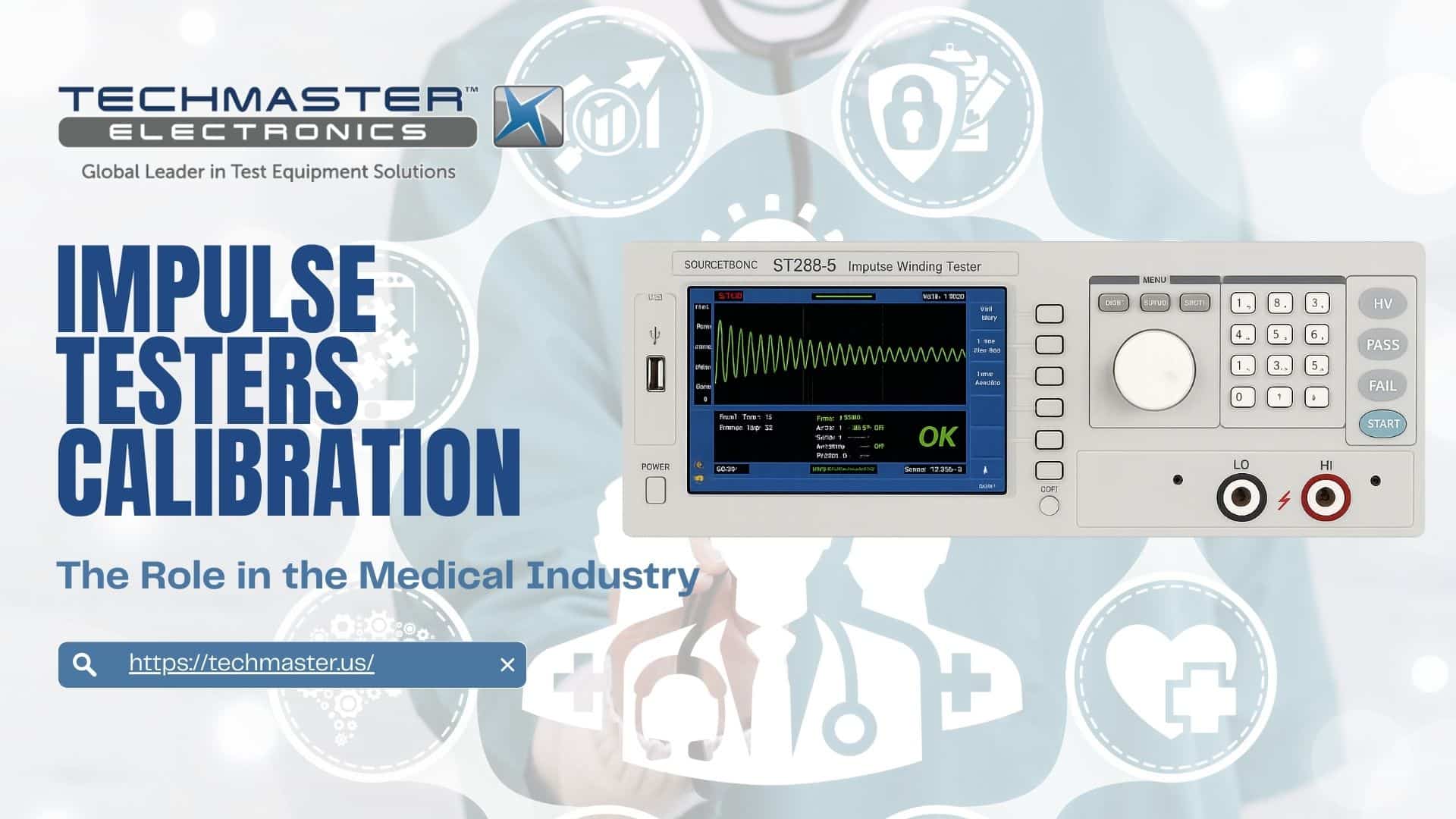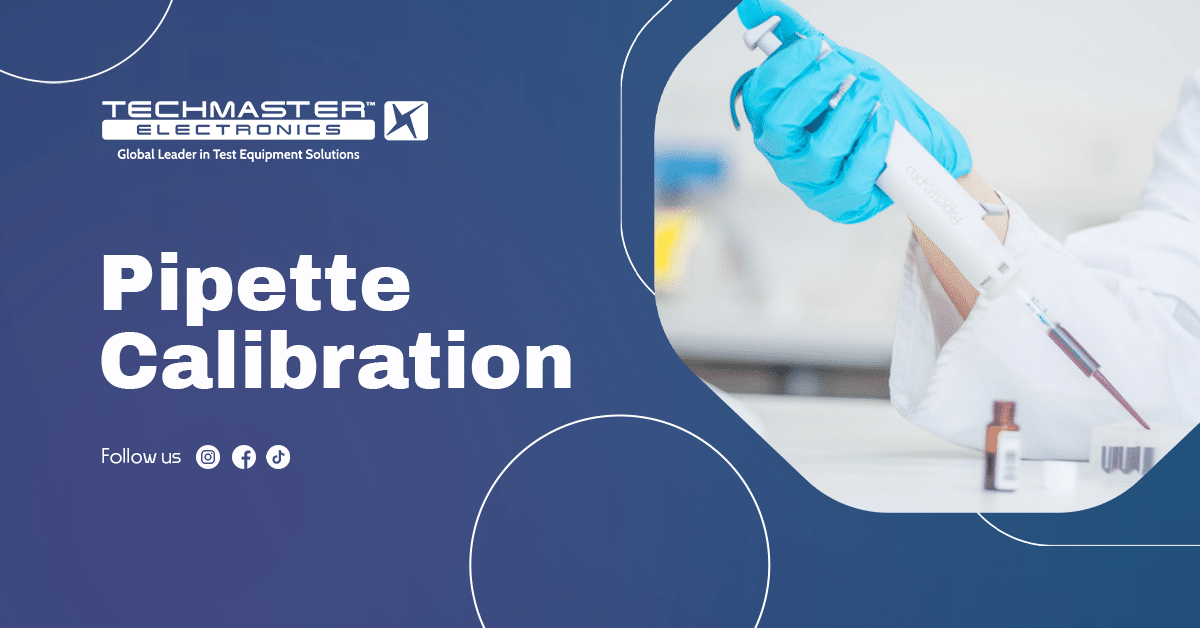In healthcare, the accuracy of medical equipment plays a critical role in diagnosis, treatment, and patient monitoring. To ensure reliability, facilities must calibrate their devices according to international standards. Among these, ISO/IEC 17025 stands out as the most widely accepted. But what does it mean, and why is it necessary?
1. What Is ISO/IEC 17025?

ISO/IEC 17025 is a global standard for testing and calibration laboratories. It defines the general requirements for technical competence and quality management. The goal is to ensure that labs can deliver precise and traceable measurement results. With this certification, a lab proves it can consistently produce reliable data.
2. Why Does ISO 17025 Calibration Matter in Healthcare?
Medical devices affect patient care. A small error in measurement can lead to incorrect diagnoses or unsafe treatment. By calibrating devices under ISO 17025, hospitals reduce these risks. Moreover, it helps detect equipment issues early. As a result, healthcare providers can act before any harm occurs. Compliance also demonstrates professionalism and builds patient trust.
3. Which Medical Devices Need ISO 17025 Calibration?

Many types of medical devices must follow this standard. These include:
-
Measuring instruments: Blood pressure monitors, glucose meters, thermometers, medical scales, SpO₂ meters, ECG and EEG machines, ultrasound, X-ray devices, centrifuges, and analyzers.
-
Patient monitoring systems: Vital signs monitors, anesthesia gas monitors, intracranial pressure systems.
-
Treatment equipment: Infusion pumps, syringe pumps, ventilators, radiation therapy machines.
-
Quality testing tools: Material strength testers, package leak testers, electrical safety analyzers.
4. What Does the Calibration Process Cover?
Calibration under ISO 17025 involves several steps. First, the technician compares device readings with traceable standards. Then, they calculate any deviation or uncertainty. Every result goes into a calibration certificate. This documentation helps facilities prove compliance and identify future issues.
5. How Often Should Medical Devices Be Calibrated?
The ISO 17025 standard does not set a fixed schedule. Instead, calibration frequency depends on:
-
The type of device
-
How often it’s used
-
Manufacturer guidelines
-
National laws and regulations
-
The surrounding environment
Healthcare providers should build a calibration plan based on risk assessment and expert advice.
6. Who Can Perform ISO 17025 Calibration?
Only qualified labs should perform ISO 17025 calibration. These labs must demonstrate technical skills and have a quality system in place. Ideally, facilities should choose laboratories already accredited under ISO/IEC 17025. Accreditation proves they follow strict procedures and deliver trustworthy results.
Techmaster is an ISO/IEC 17025 accredited calibration provider with laboratories in the U.S., Mexico, and Asia. We offer fast, accurate calibration services with full traceability to NIST or other recognized National Metrology Institutes. Techmaster is committed to helping healthcare facilities ensure equipment performance, ultimately improving diagnostic and treatment outcomes.
7. How Is Traceability Ensured?
Traceability is a core part of ISO 17025. Labs achieve it by using reference standards calibrated by national or international metrology institutes. They must document all reference materials and methods. This way, every measurement result can be traced back to a recognized standard.
8. What Happens If Devices Aren’t Properly Calibrated?
Skipping calibration, or doing it incorrectly, can lead to serious consequences. Patients might receive false diagnoses or incorrect treatment. Equipment may fail in critical moments. Moreover, healthcare facilities could face lawsuits or lose credibility. That’s why regular, correct calibration is not just good practice—it’s essential.
9. How Can Facilities Ensure Compliance?
To meet ISO 17025 standards, healthcare providers should:
-
Create a clear calibration management process.
-
Choose trustworthy and accredited calibration providers.
-
Monitor and document all calibration schedules.
-
Store calibration certificates and records securely.
-
Train staff on why calibration matters and how it works.
Conclusion

Calibrating medical equipment under ISO 17025 is not just about ticking boxes. It safeguards patient safety, ensures accurate diagnostics, and strengthens your facility’s reputation. Choose reliable partners, follow a well-structured plan, and commit to regular calibration. That’s the best way to uphold high standards in healthcare and protect lives.










